Today we add some salt to the Tour de France. Imagine cycling through the picturesque landscapes of the Po Valley, Italy. Picture yourself as being part of stage 2 of the Tour de France 2024. You pedal from Cesenato towards Ravenna. On your left you’ll see the lowlands and vineyards around the Po Valley. On your right you’ll see the distant Mediterranean Sea shimmering in the sunlight.
Close your eyes for a second. Make sure you don’t lose your balance on the bike and ruin your race from the beginning. Now open your eyes and look around. To your left is an arid landscape with very little or no vegetation. There are some stagnant ponds and Camargue-like salt marshes. To your right is the big surprise. The Mediterranean waters are not there anymore but instead is a desertic landscape filled with salt.
Time travel
Believe it or not, you might not be dreaming, but you might have simply pedaled a bit too hard. So hard that you opened a time portal and went back ~6million years to the past. If you realize the earth is ~4600million years old earth, six million years are like just a month. We are now in a time where the Mediterranean Sea is thought to have dried out for some hundred thousand of years. It’s a time when our beloved sea was hit by a salty ecological crisis that today is known as the ‘Messinian Salinity Crisis’ event. Messinian is a geological age that dates to ~7.2million years ago. It gets its name from the ancient city of Messina in northeast Sicily, the same one Vincenzo Nibali comes from.
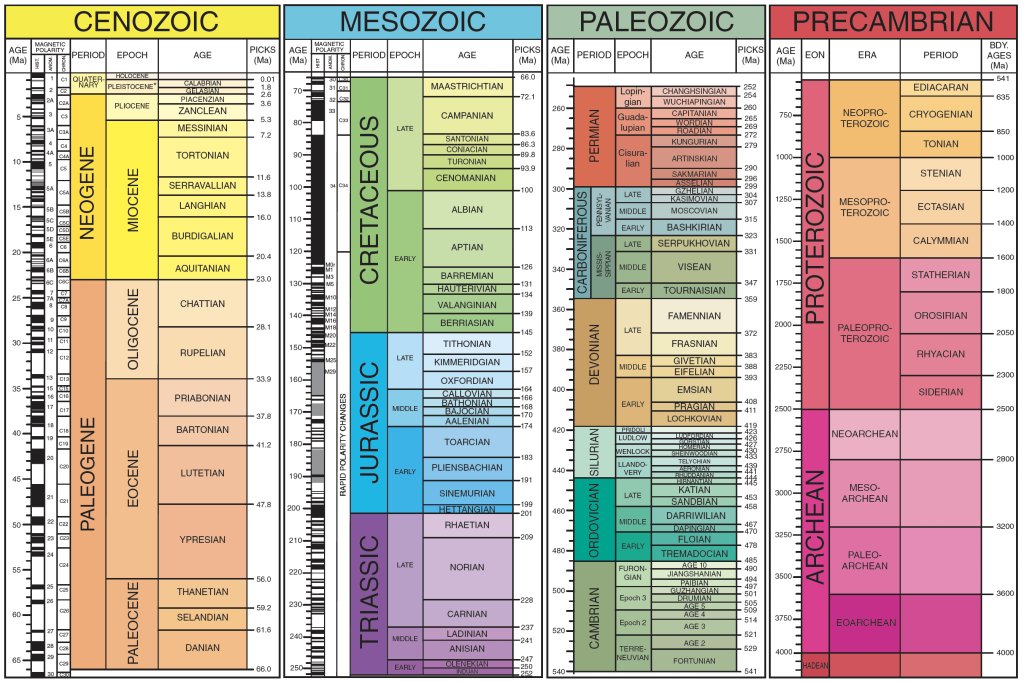
Buckle up and let’s add some salt on this journey together. We will be delving into the depths of the past, navigate through the twists and turns of Earth’s history, and uncovering the secrets of the ‘Messinian Salinity Crisis’.
Trivia facts
Here are two facts you need to remember before we continue. You can also use them to wow your friends at the next pub quiz.
- The Mediterranean Sea is linked to the Atlantic Ocean via the Strait of Gibraltar. Without this connection, the Mediterranean’s water level would drop drastically due to higher evaporation rates (due to the temperature) than freshwater input. The Atlantic’s salty water balances this loss by flowing into the Mediterranean through the strait.
- When the sun heats salty water, it evaporates and leaves behind dissolved salts. These salts crystallize over time, forming evaporite minerals that accumulate as solid rock layers on the sea floor. Examples include halite (common table salt) and gypsum. They each form distinct types of evaporite rock depending on environmental conditions.
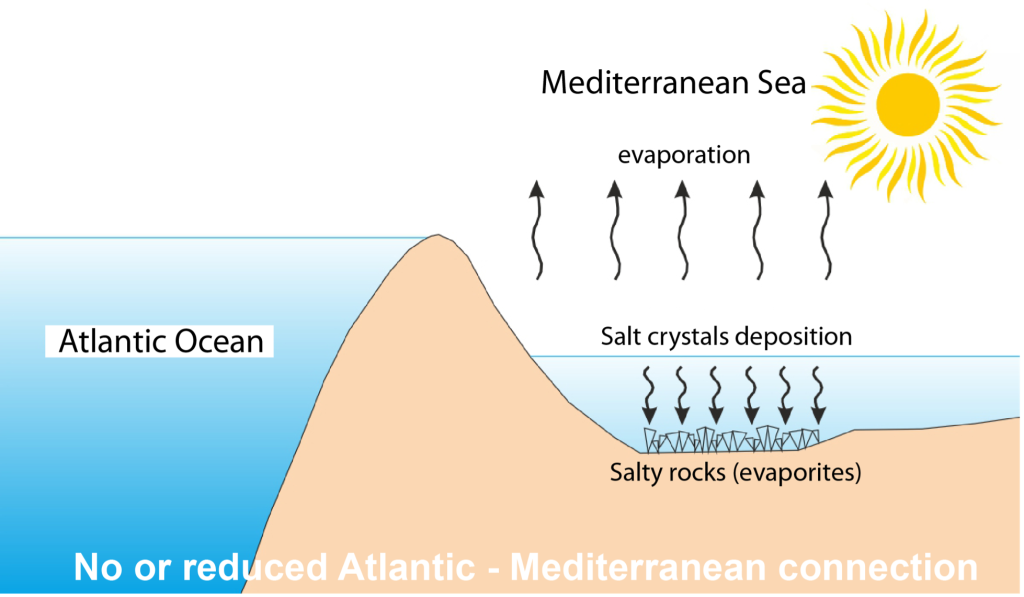
Let’s start the story
Our story begins roughly 5.97 million years ago. At this time, the Mediterranean Sea was not a very different place compared to what we know today. It was a vast, interconnected body of water teeming with life, surrounded by lush landscapes and diverse ecosystems. However, beneath the tranquil surface lay a geological time bomb waiting to erupt. The tectonic forces shaping the Earth’s crust were about to set off a chain reaction that would alter the course of history for the Mediterranean region. Central to our tale is the Strait of Gibraltar, the gateway connecting the Mediterranean to the Atlantic Ocean. Through this narrow passage, waters flowed freely, maintaining a delicate balance of salinity and life within the Mediterranean.
However, the Earth’s restless crust had other plans. Tectonic movements gradually closed off the Gibraltar gateway, isolating the Mediterranean from the vast waters of the Atlantic. With the inflow of water restricted, the stage was set for an unprecedented event – the Messinian Salinity Crisis.
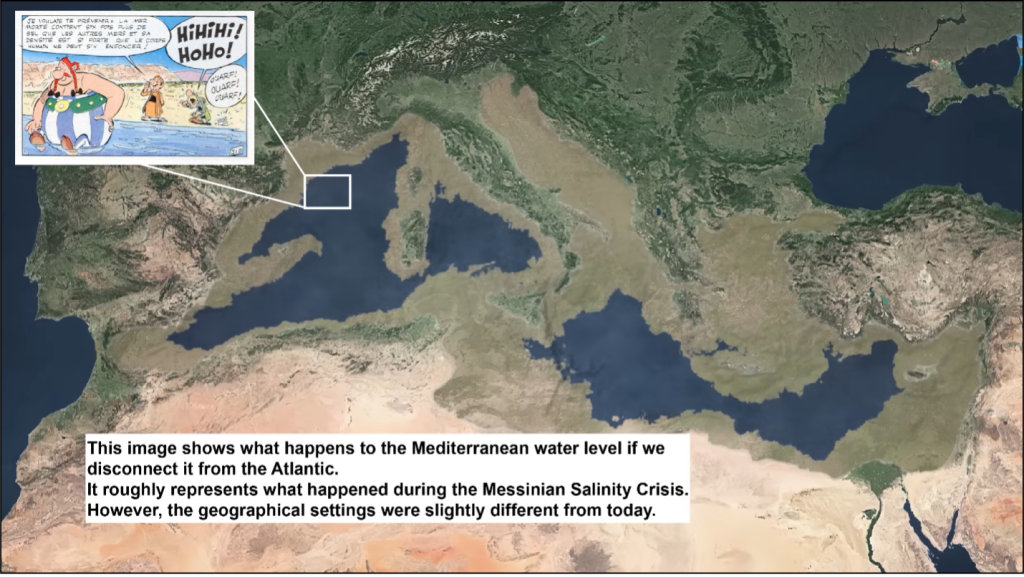
It’s becoming salty
As the Mediterranean was cut off from its oceanic lifeline, evaporation took center stage. Under the scorching sun, water levels began to plummet. They left behind vast expanses of salt flats, the evaporites, where once there were seas. The once-blue waters turned into a barren landscape of salt, stretching as far as the eye could see. Fast forward millions of years because today we can witness the remnants of this ancient crisis. The salt deposits formed during the Messinian Salinity Crisis now exist as impressive salt mountains and rocky terrains across the Mediterranean basin either buried below younger sediments below the seafloor, or on-land in places that you can visit anytime (Spain, Italy, Cyprus, among other places).
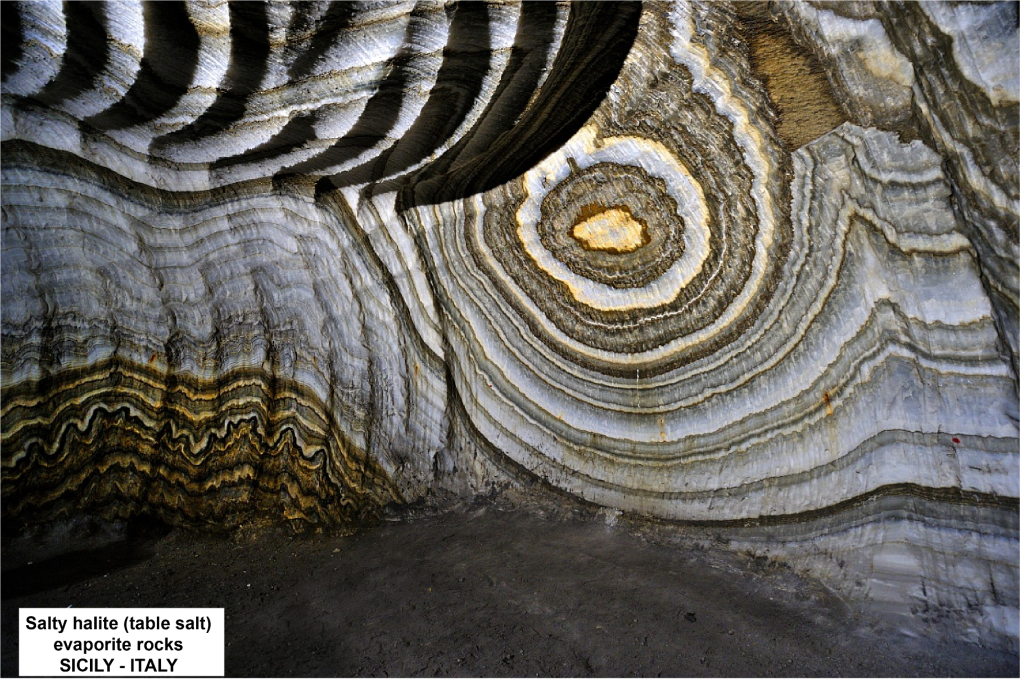
We find one of these salty places along the route of the second stage of the Tour de France. Indeed, between Brisighella and Riolo Terme lies the regional park of the ‘Vena del Gesso’, which translates literally to vein of gypsum. Remember gypsum is one of the salty rocks we called evaporites. In this park the landscape is dominated by thick gypsum layers that once, during the Messinian Salinity Crisis, lay on the evaporating Mediterranean floor. Take a walk in the Vena del Gesso Park on a sunny day. On the ground you’ll notice glowing crystals all over the place. That’s the gypsum rock. Its crystals are called Selenites. This comes from Greek, meaning “moonstone” or “moon rock,” because of its resemblance to the glow of the moon.
A wasteland
Back in time again. The Messinian Salinity Crisis reached its acme ~5.55million years ago. Imagine the sight at that moment! It was a desolate wasteland where no organism could survive. A starker contrast to the vibrant seascape that once dominated the region is almost impossible. Life as the Mediterranean as was known was thrown into chaos. Ecosystems were disrupted and species struggled to adapt to the changing conditions. Few organisms sought refuge in isolated pockets of water, clinging to survival against the odds.
Meanwhile, on the shores of the Mediterranean, the absence of water had far-reaching consequences. Rivers dwindled to mere trickles, leaving behind dry riverbeds and parched landscapes. The once-thriving communities that depended on the sea for sustenance faced unprecedented challenges, forcing them to perish.
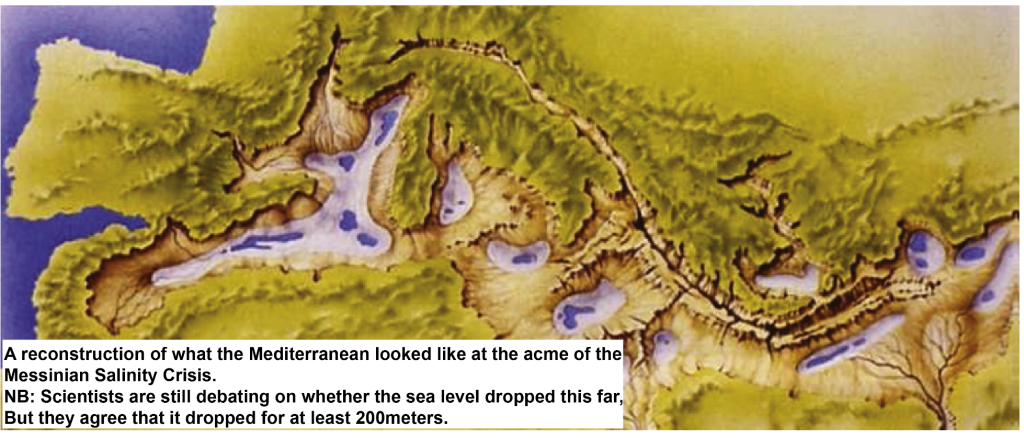
Tectonics save the day
For 640,000 years the Mediterranean remained trapped in a state of crisis. Its waters slowly evaporated under the relentless sun. But just as suddenly as it began, the crisis reached its climax 5.33million years ago. Tectonic movements once again reshaped the landscape. The gates of Gibraltar opened and the Mediterranean and the Atlantic were once again connected. This point marks the beginning of a new geological age called the Zanclean. The Zanclean age kicked off with what scientists call the catastrophic Zanclean Reflooding. With the re-establishment of the Atlantic-Mediterranean connection, water from the ocean started flowing back into the Mediterranean, like turning on the faucet in that giant bathtub. This refilling process happened over a pretty short period in geological terms. With the return of water came new life that flourished slowly.
The Messinian Salinity Crisis serves as a reminder of how geology shapes our world. From its modest origins as a narrow passageway to its evolution into a vast, salt-laden basin, the Mediterranean Sea reflects the passage of time. As we admire the scenic beauty of the nature along the different stages of Tour de France 2024, let’s not forget that beneath its serene exterior lies a history filled with dramatic upheavals.
NB: Blogs in other languages than English are all auto-translated. Our writers are not responsible for any language and spelling mistakes.






